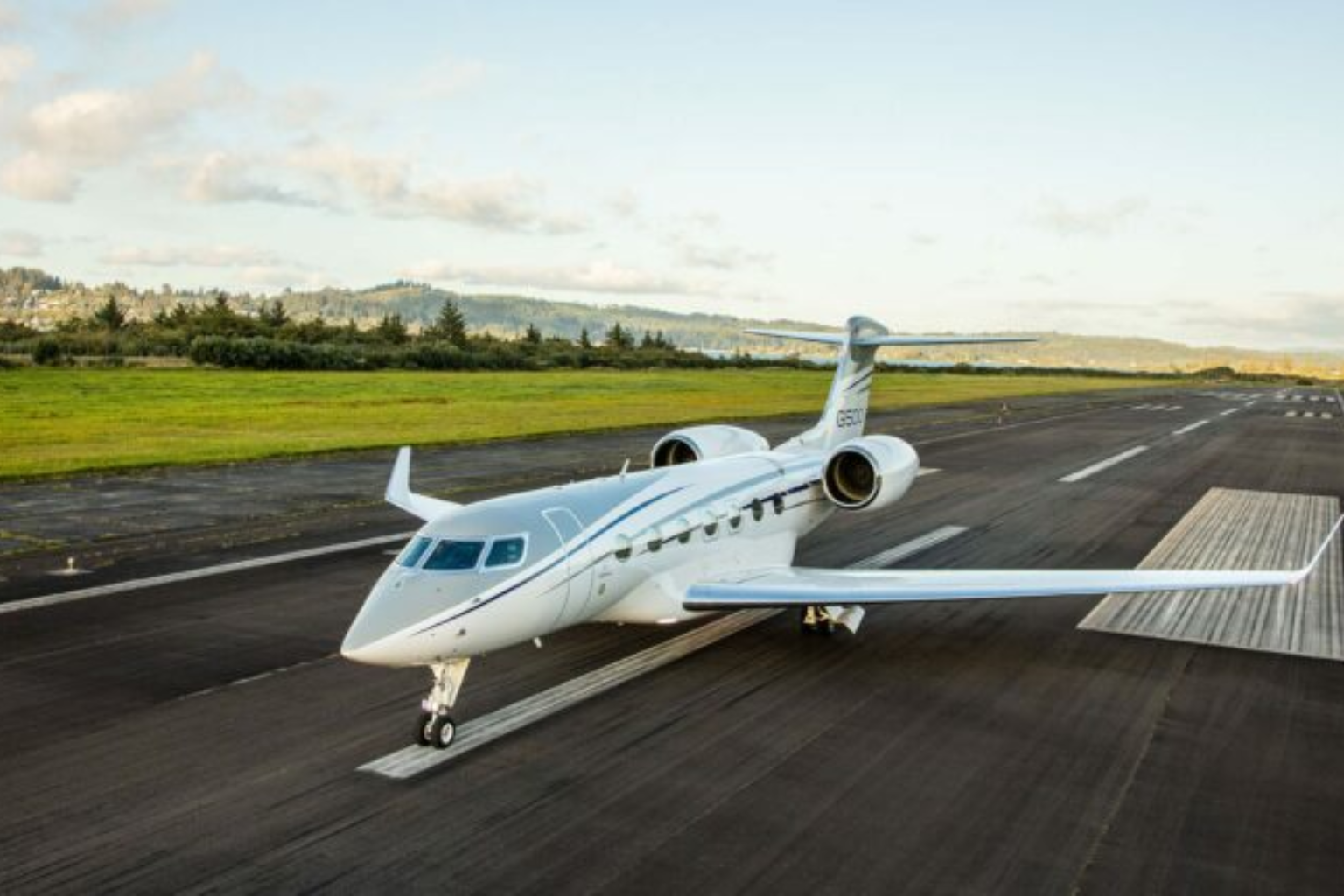Traveling by private jet offers unparalleled convenience and flexibility, but weather conditions can pose challenges that require careful navigation. Understanding how to manage these issues can enhance your travel experience and ensure a smooth journey. In this article, we will explore key strategies for dealing with weather-related challenges when flying privately, with insights from Aeroaffaires, a leader in private jet and helicopter rentals.
Understanding Weather Impacts on Private Jet Travel
Weather can significantly affect flight schedules, safety, and comfort. Factors such as thunderstorms, fog, snow, and high winds can lead to delays, diversions, or cancellations. Private jet travel, while more adaptable than commercial flights, is not immune to these challenges. Here are some common weather-related issues you may encounter:
1. Thunderstorms: These can create turbulence and reduce visibility, making it unsafe for takeoff and landing.
2. Fog: Low visibility due to fog can lead to delays, as not all airports are equipped with advanced landing systems.
3. Snow and Ice: Winter weather can affect runway conditions and aircraft de-icing procedures.
4. High Winds: Strong winds can complicate takeoffs and landings, particularly for smaller aircraft.
Pre-Flight Planning
Effective pre-flight planning is crucial for navigating weather issues. Here are steps to take before your journey:
1. Check Weather Forecasts: Utilize reliable weather forecasting services to monitor conditions at your departure and arrival airports. Websites and apps like the National Weather Service or aviation-specific platforms can provide real-time updates.
2. Consult with Your Charter Company: Aeroaffaires offers expert advice and support for travelers. Their team can provide insights into weather conditions and suggest alternative routes or airports if necessary.
3. Flexible Scheduling: If possible, schedule your flight during times when weather conditions are typically more stable. Early mornings or late afternoons can often provide clearer skies.
Choosing the Right Aircraft
Different aircraft handle weather conditions differently. When booking your private jet with Aeroaffaires, consider the following:
1. Aircraft Size and Type: Larger jets tend to perform better in adverse weather conditions due to their weight and advanced technology. Discuss your options with Aeroaffaires to select the best aircraft for your journey.
2. Range and Capabilities: Some jets are equipped with advanced avionics and weather radar systems that enhance safety and navigation during inclement weather.
In-Flight Strategies
Once you’re airborne, there are several strategies to manage weather-related challenges:
1. Stay Informed: Pilots receive continuous updates on weather conditions during the flight. Trust your crew to make informed decisions about routing and altitude adjustments.
2. Communicate with Your Crew: Maintain open communication with your flight crew. They can provide updates on expected turbulence or changes in flight paths due to weather.
3. Comfort Measures: If turbulence is expected, ensure you are seated with your seatbelt fastened. Aeroaffaires prioritizes passenger comfort and safety, so don’t hesitate to ask for assistance or adjustments to your in-flight experience.
Diversion and Alternate Airports
Sometimes, weather conditions may necessitate a diversion to an alternate airport. Here’s how to handle this situation:
1. Pre-Identifying Alternatives: Before your flight, identify potential alternate airports that can accommodate your aircraft type. Aeroaffaires can assist in planning these contingencies.
2. Understanding the Process: If a diversion is necessary, your crew will communicate the reasons and expected timelines. Trust their expertise in navigating these situations.
3. Post-Diversion Plans: Be prepared for potential delays or changes in your travel itinerary. Aeroaffaires can help arrange ground transportation or accommodations if needed.
Post-Flight Considerations
After landing, weather can still impact your travel plans. Here are some considerations:
1. Ground Transportation: Weather conditions can affect road travel. Ensure that your ground transportation is prepared for any delays or changes in routes.
2. Stay Updated: Continue to monitor weather conditions at your destination, especially if you have further travel plans.
3. Feedback and Communication: After your journey, provide feedback to Aeroaffaires about your experience. This can help them improve their services and assist future travelers in similar situations.
Navigating weather issues in private jet travel requires careful planning, communication, and flexibility. By understanding the potential impacts of weather and working closely with a reputable charter company like Aeroaffaires, you can enhance your travel experience and ensure a safe and enjoyable journey. Whether you’re flying for business or leisure, being prepared for weather challenges will allow you to focus on what truly matters—your destination.





